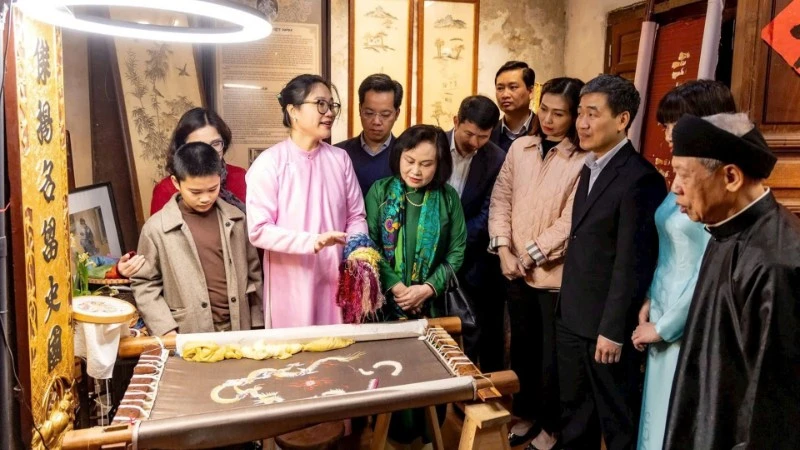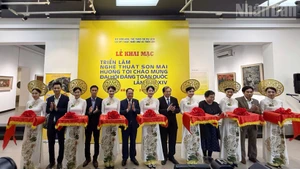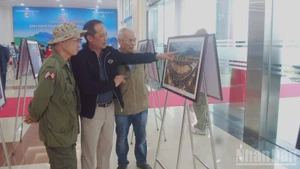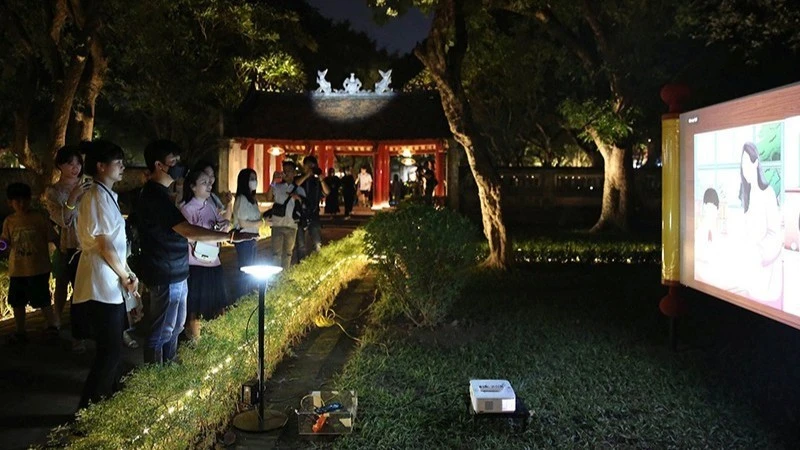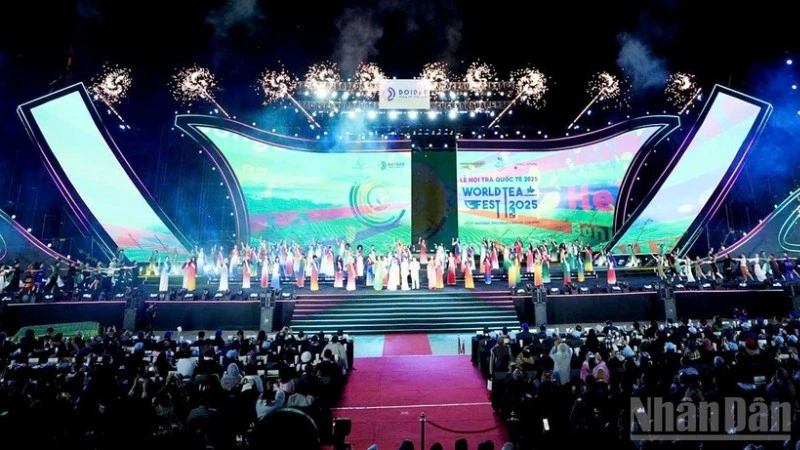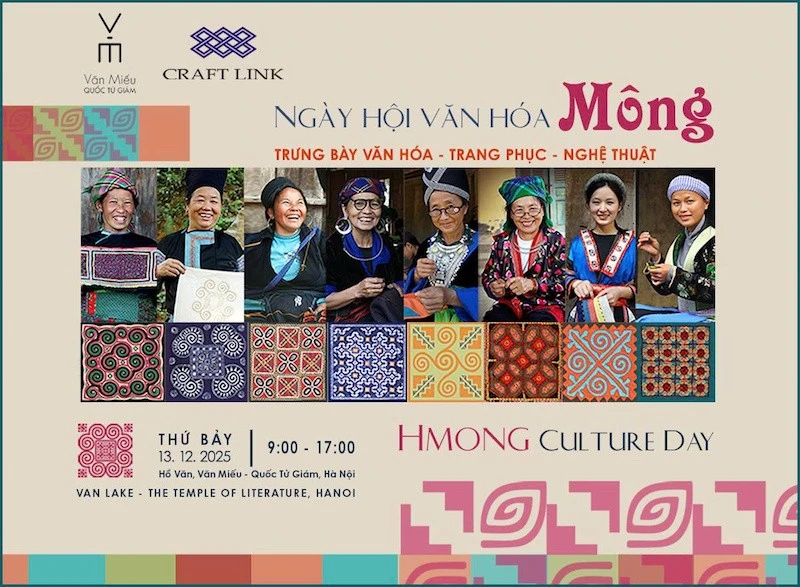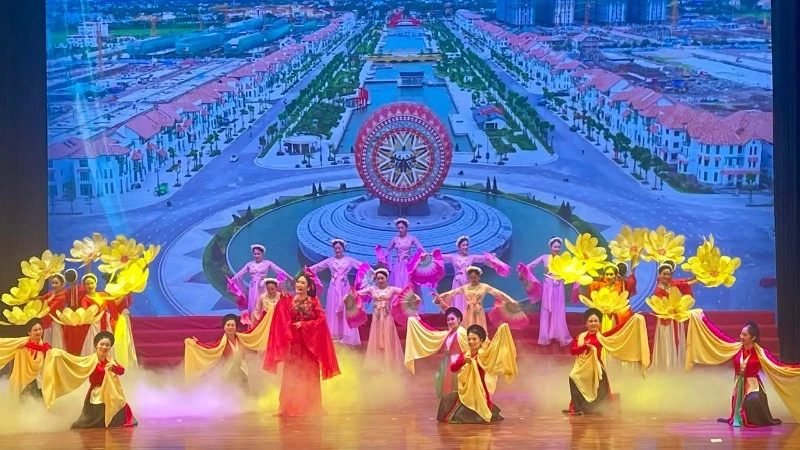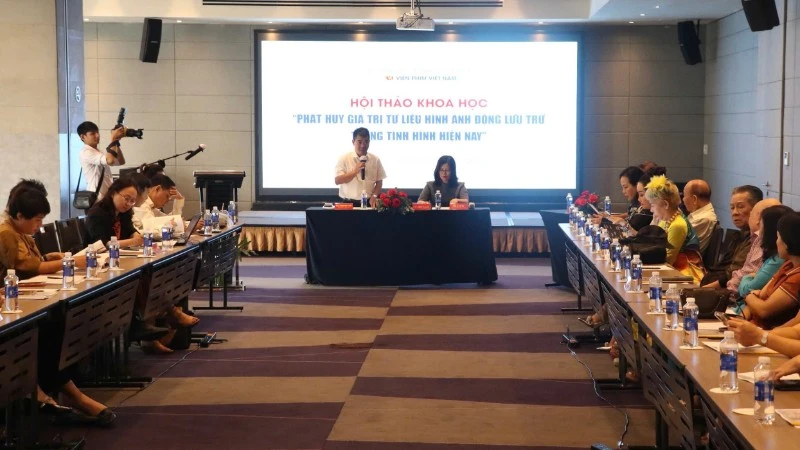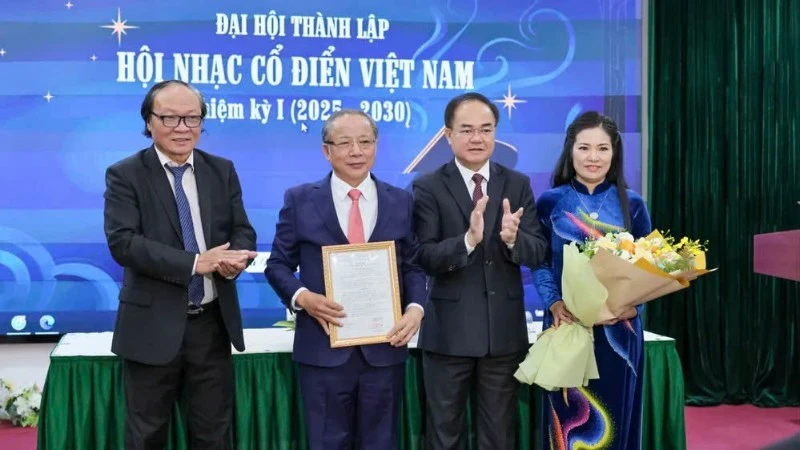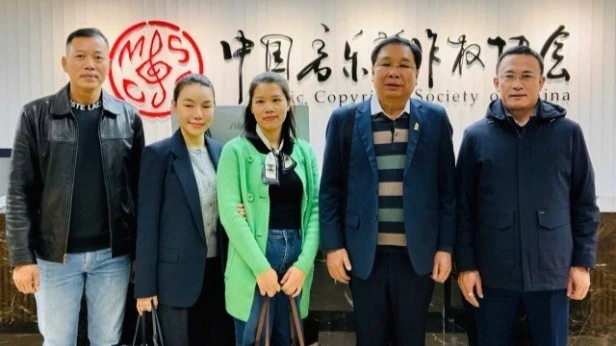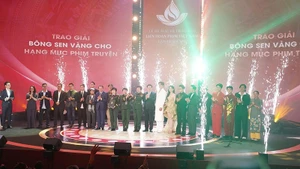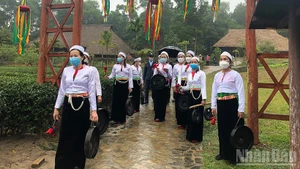Speaking at the online forum “Cultural Industry – The Path to Unlocking the Infinite Treasures of Vietnamese Creativity” held on October 1, Dr. Nguyen Thu Hanh, Chairwoman of the Union of Science for Sustainable Tourism Development (STDe) and Director of the Centre for Research and Development of Viet Nam Cultural Industry (SDCI), noted that Viet Nam is fortunate to possess an inexhaustible cultural treasure. It is reflected in the diversity of its 54 ethnic groups, in its vast troves of folklore, music, art, and festivals; and in UNESCO-recognised tangible and intangible cultural heritages, such as Hue Royal Court Music, Ca tru (ceremonial singing), the Space of Gong Culture in the Central Highlands, and the Thai Xoe dance.
It also lives on in symbols deeply embedded in collective memory: the conical hat, the Ao Dai, a bowl of pho (noodle soup), or a cup of coffee.
If creative thinking is applied to expand value chains, connect industries, organise production, leverage technology, and market through innovative strategies, Viet Nam’s cultural identity can be transformed into high-value products and services that are competitive and globally appealing. Cultural industries thus serve as a bridge linking this cultural treasure to the knowledge economy and international integration.
“The forum, organised by the SDCI (under STDe), marks the first step in joining hands to open this treasure chest so that Viet Nam will not only be known as a resilient S-shaped land, but also as a creative powerhouse and a cultural beacon on the global map,” stated Dr. Nguyen Thu Hanh.
At the discussion, many experts agreed that Viet Nam’s cultural treasures will only truly shine when they are awakened, preserved, and invested in adequately, so that each Vietnamese cultural product becomes not only a source of pride but also a distinctive mark of the “Viet Nam” brand. However, to achieve this, numerous difficulties and challenges must still be confronted and overcome.

According to Prof, Dr, People’s Teacher Tran Tho Dat, former Rector of the National Economics University, although Viet Nam already has a strategy for developing cultural industries, many policies have yet to be codified into law. Intellectual property protection remains weak, exposing enterprises to risks and diminishing creative motivation. The creative workforce in Viet Nam lacks quality; while there is an abundant pool of young labourers, they often lack skills in digital content design, creative marketing, and training that aligns with the needs of businesses and the market. In addition, financial capital and mechanisms remain major obstacles.
Offering solutions for the rapid and sustainable development of cultural industries, Dr Do Dinh Duc, former Rector of Ha Noi University of Architecture, suggested that the primary priority is to raise public awareness, ensuring that communities, policymakers, artists, and businesses gain a deeper understanding of what cultural industries truly entail.
At the same time, it is essential to issue the legal framework, for example, by enacting a law on cultural industry to provide a coherent and transparent legal foundation.

Stressing the decisive role of human capital in advancing cultural industry, Dr Le Minh Khue, Deputy Director of the Centre for Research and Development of Viet Nam Cultural Industry, stressed the need for a national strategy to develop cultural industry human resources, the establishment of a network of cultural industry training centres, and stronger international cooperation to foster a creative ecosystem.
Investment is also needed in foreign language training and digital skills, along with mechanisms to assess and certify creative competencies. This would create a workforce not only with deep expertise but also with an understanding of the cultural industry market.

